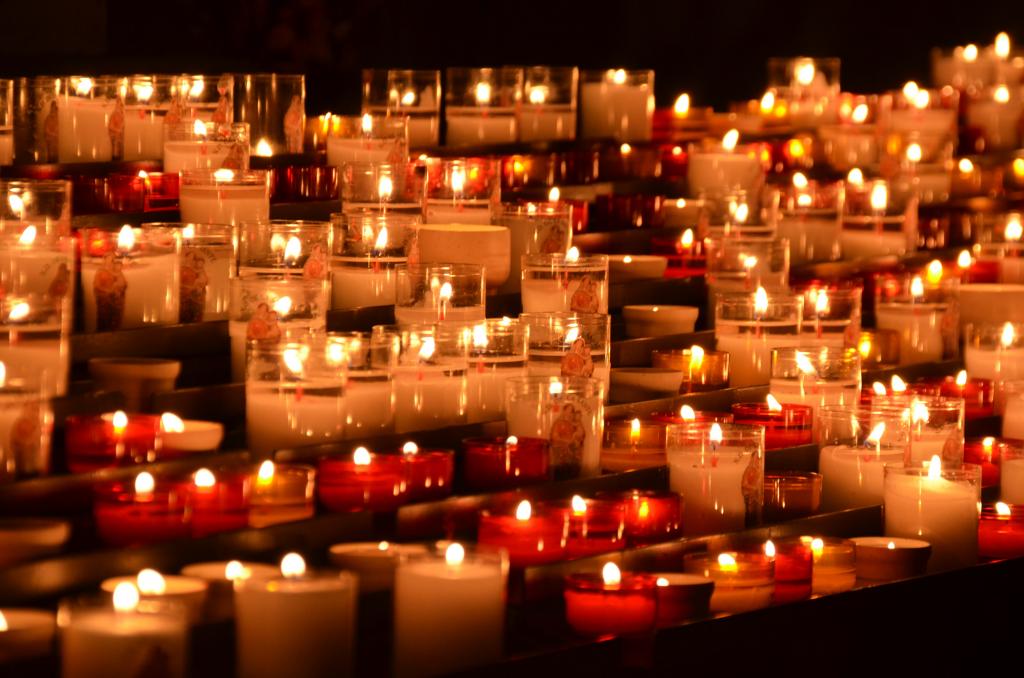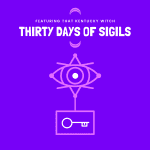
Today, much of the nation is in mourning. We’ve lost someone who embodied ideals. Who was a symbol of our strength. Ruth Bader Ginsburg was a bulwark between us and the darkness; she fought for us in life, and in death, is an ancestor we all mourn.
Mere hours after her death, crowds had gathered on the steps of the Supreme Court to sit a vigil in Ruth Bader Ginsburg’s memory. It is said that “in our often-isolating society, joining others to mourn for a stranger helps people feel connected, part of a larger whole and a common cause.” Put simply: grief brings us together.
Why are you experiencing feelings of grief?
Feeling grief when a stranger dies is generally owed to feeling a connection to them; the sense of loss comes from them having made you feel something, and you may only be realizing that now that they are gone. Additionally, you may be mourning the loss of your chance to show this individual that they impacted your life in a meaningful way.
Dr. Alan Hilfer, explains also that the passing of a celebrity whom we loved and admired may “allow us to grieve for someone we are actually close to – and, perhaps, haven’t allowed ourselves to mourn yet. If people have had a family death, they feel a more intense reaction at the death of a celebrity.”
But what if you can’t relate?
Watching others respond to the death of a stranger might be confusing for you if you yourself did not feel a connection to the individual. With the death of Ruth Bader Ginsburg, this may be true for many cis/hetero men; and ReachOut notes that this is normal and understandable, “after all, your life probably won’t change in the slightest.”
However, for those of us who are AFAB, LGBTQIA+, or disabled, Ruth Bader Ginsburg was a wall between us and those who would take away our rights. Many of us are reeling in terror at having lost a powerful advocate.
What can we do with these feelings?
- Recognize that this is legitimate disenfranchised grief: Grieving someone you don’t know is a very well known and documented type of grief, and it’s okay to need to take a moment for yourself.
- Tune out: You may find that you need a break from the many headlines inundating your social media and television – it’s perfectly valid to need a break from it.
- Eulogize: Writing helps sort out your thoughts and feelings, consider writing a eulogy for the person you are mourning. Delivering the eulogy, be it via livestream, to the members of your household, or even just reading it aloud in nature can be a very helpful exercise.
- Reach out in support of others: What you are feeling, others likely will be too. Ask how everyone is, and take time to talk it out in a meaningful way. You may even consider holding a vigil or memorial.
- Report Report Report: There are (often strict) rules about reporting on deaths. If you see something that seems cruel, imagine how the deceased person’s family must feel. Reporting posts and coverage to the FCC (or similar authority for your area) is an active way to helping the family of the deceased in a meaningful way.
- Get Involved: If the deceased was an activist, much like Ruth Bader Ginsburg, consider their death a call to action. Donate to causes meaningful to them, volunteer, and spread the word about their causes.
Reflexive Empathy
Humans are fascinating creatures who, when confronted with horror or tragedy, place themselves in the story; a sort of reflexive empathy. Though I am mourning a stranger, I am able to travel in spirit, thought, and emotion to a place where their death touches me on a human level. Through this I am able to drag myself, kicking and screaming, to deeper levels of compassion.
At the passing of Ruth Bader Ginsburg, I feel compassion for those who like myself, fear losing their rights and bodily autonomy. I fear for the children of America, and for the world they will grow up in. Today, I will long for the moments when I did not know, and wish for a reprieve from the anger that comes from knowing what will come next. But I will not wish for ignorance, and I will not wish for a version of myself that did not feel deeply enough to want for change.
And so with this I charge you with pausing to examine each and every loss you feel when a stranger dies. Because when we do not allow ourselves to feel it, when we do not dig deeply into the roots of that pain, we do not identify what is lost. Death is a bond we all share, writes Amy Agape, and as “death and loss weave together this tapestry of humanity in which each of us is a vibrant and needed thread, there really can be no death of a stranger.”
We do not cry because we knew them – we mourn what we have lost.
Adapted excerpt From Do I Have To Wear Black? Rituals, Customs & Funerary Etiquette for Modern Pagans Coming February 8, 2021, available for pre-order wherever fine books are sold.
Knot Magic Mourning Jewelry
You’ll need: Red bakers thread, a large spool
Purpose: Transforming grief into acts of good
Noteable: Sometimes when grieving a loss, actions help us process. The best rituals are daily actions, honed over time, and this magic is no different. Here, we consecrate a length of cord for use in a magical necklace (or bracelet, as best suits your needs) to wear during the time of mourning, filling it with intent that we can then use for our magic. Though I have adapted this ritual for the loss of a stranger, it is a particularly useful rite for grieving the young, and such a variation exists in my upcoming work, Do I Have To Wear Black? Rituals, Customs & Funerary Etiquette for Modern Pagans.
To begin, prepare the ritual space as is appropriate for your practice, having on hand your spoon of thread, and holding it say:
I charge this cord in service to (Name of Deceased) under the watchful eyes of the elements. By breathless cries, by the flame of remembrance, by tears, by the earth that enshrouds you – I call upon the primal current within me now, no force greater than my love for you. I consecrate this tool that my pain be turned to (kindness/activism/etc), this my oath, and bond.
Following this ritual, take a length of this cord to wear as a necklace or bracelet, tying a knot in it for every day that you mourn the deceased, adding to its magical weight each time. Each time a knot is tied, say:
Bereaved: One knot, my oath to you.
When opportunities present themselves, perform acts of kindness or activism in the memory of the deceased. Whenever you do so, untie a single knot, sending the magic within it to the spirit of the deceased loved one. Each time a knot is undone, say:
Bereaved: One knot undone, this oath I keep.
If there comes a time that you need more thread, simply tie a new length to the end from your spool. Should you feel that you are done carrying your mourning knots, you may burn them and scatter the ashes.
If you’re not coping well and need someone to talk to, please visit Grief Speaks for a directory of support hotlines.
If you’re looking for a candle to add Ruth to your ancestor altar, I found this one, I don’t get paid for this link, I just thought it was neat.

















